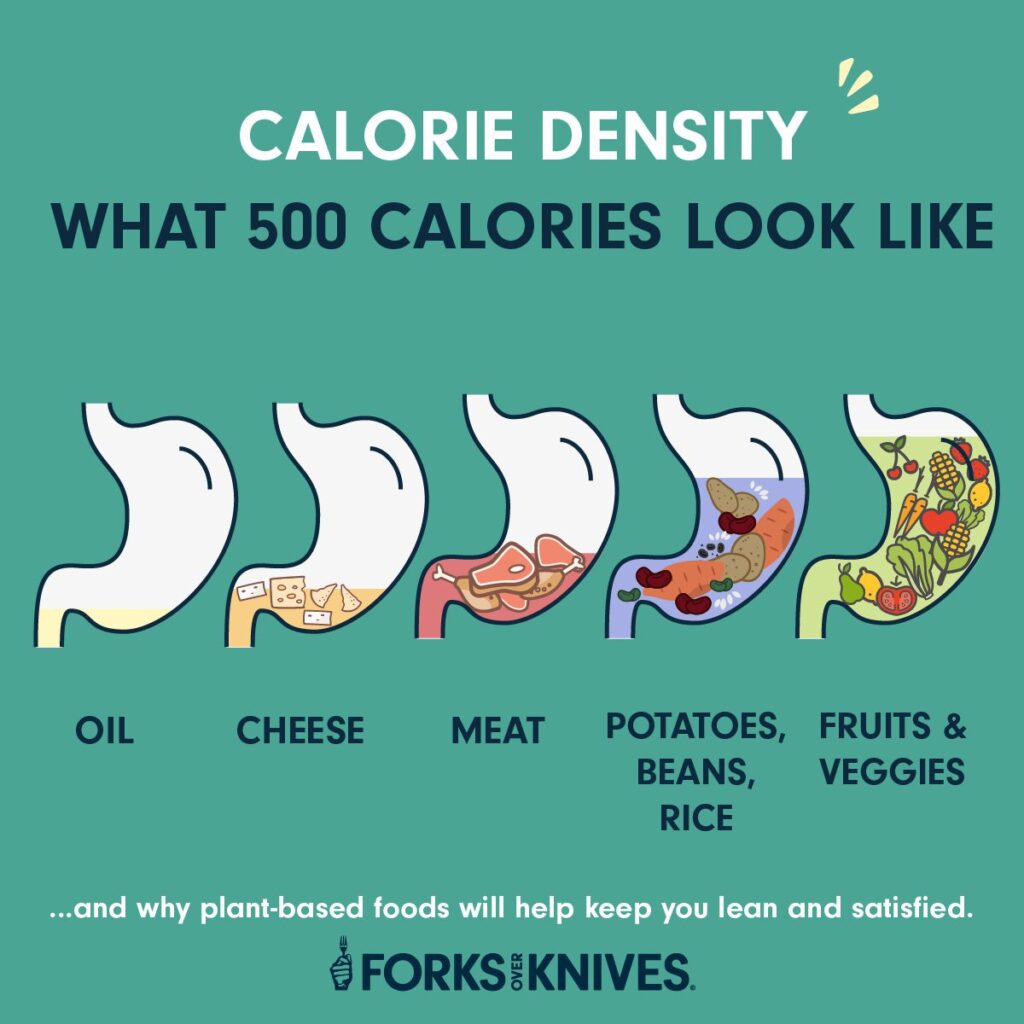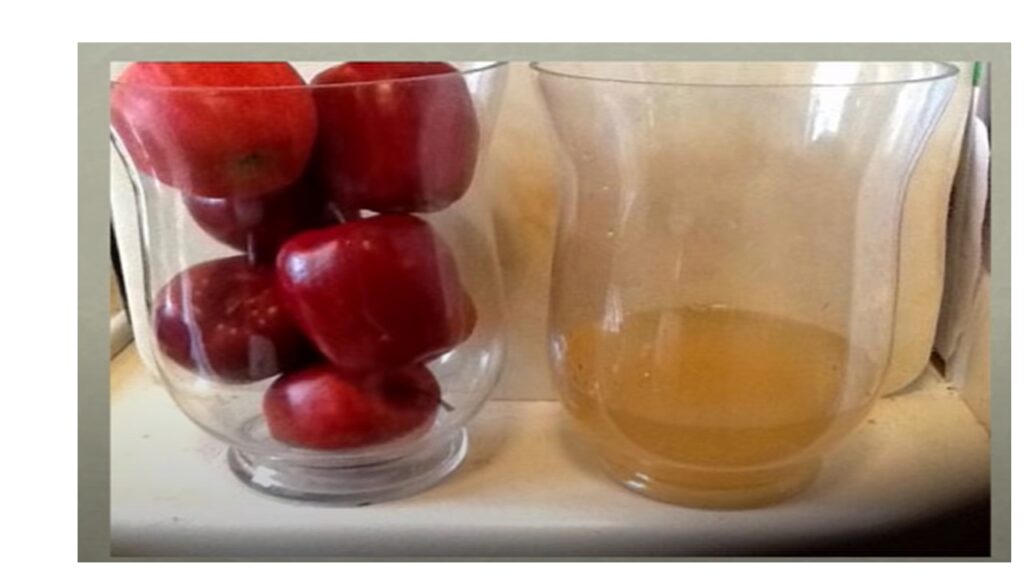By Mike Thomas, NBHWC, September 7, 2023

In our quest for a healthier lifestyle, we often find ourselves buried under an avalanche of dietary advice, from calorie counting to portion control. The plethora of information can leave us feeling overwhelmed and confused about how to make lasting, positive changes to our eating habits. Fortunately, there’s one core concept that can simplify the journey to health and well-being: calorie density. In this blog, we’ll explore the concept of calorie density, revealing how it can help us eliminate health issues like type-2 diabetes, obesity, heart disease, high blood pressure, and high cholesterol. Say goodbye to the constant struggle of counting calories and restrictive diets, and say hello to a sustainable, health-promoting way of eating.
The Challenge of Transitioning to a Health-Promoting Diet:
One of the biggest hurdles people face when transitioning from a standard American diet to a health-promoting one is understanding what changes to make. With countless sources of dietary advice, it’s challenging to discern who is providing accurate information.
Calorie Density: The Game Changer:
Calorie density is the key to achieving and maintaining your ideal weight without the need for calorie counting or portion control. It’s a simple yet powerful concept that promises to transform your relationship with food. The core idea is to concentrate on consuming foods with lower calorie densities, ensuring that you feel full and satisfied without overeating. There is a balance here which is why eating salads for all your meals is not sustainable.
Understanding Calorie Density:

To grasp calorie density, think of it as the number of calories in a given volume of food. Some foods are calorie-dense, meaning they contain a high number of calories in a small serving, while others are calorie-light, providing fewer calories for the same amount. In the picture above, both images contain 500 calories. The juice has the fiber removed.
Examples:
– Vegetables and fruits: Low in calorie density, these foods are a cornerstone of a health-promoting diet. A pound of fruit, for example, contains only 300 calories, while a pound of lettuce has a mere 100 calories.
– Unprocessed complex carbohydrates and legumes: These foods fall into the moderate calorie density range, typically around 550 calories per pound. They offer a balanced source of energy for daily needs.
– Animal products and processed junk foods: These items have high calorie densities, with some processed foods reaching a whopping 2300 calories per pound. Avoiding or minimizing them is crucial for maintaining a healthy diet.
– Oils and calorie-dense additions: Even small amounts of calorie-dense items like oil or nuts can significantly impact your overall calorie intake. To keep your diet in check, minimize or eliminate them. Oils are 4000 calories per pound which is why you can easily get excess calories when adding just 3 tablespoons (360 calories) of oily salad dressing to a salad.
Achieving Your Health Goals:
By concentrating on low-calorie-density foods like vegetables, fruits, unprocessed complex carbohydrates (potatoes, brown rice), and beans, you can eat to satisfaction without worrying about calorie counting. This approach provides a sustainable and enjoyable way to maintain a healthy weight and prevent health issues. Healthy foods and satiety.
Understanding calorie density is the secret sauce to a healthier, more fulfilling life. By prioritizing low-calorie-density foods and eliminating calorie-dense culprits, you can say goodbye to calorie counting and restrictive diets. Embrace this simple yet effective concept, and watch as it transforms your relationship with food and leads you on the path to better health. Remember, the journey to health is not about complexity; it’s about finding simplicity in understanding the essence of what you eat. Here is a 30 minute video discussing this concept.
To your Better Health!
Mike
This blog is for educational and informational purposes only and solely as a self-help tool for your own use. I am not providing medical, psychological, or nutrition therapy advice. You should not use this information to diagnose or treat any health problems or illnesses without consulting your own medical practitioner. Always seek the advice of your own medical practitioner and/or mental health provider about your specific health situation. For my full Disclaimer, please go to CoachMikeThomas.com.
